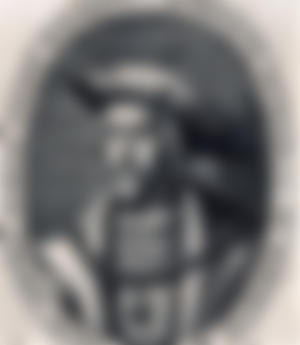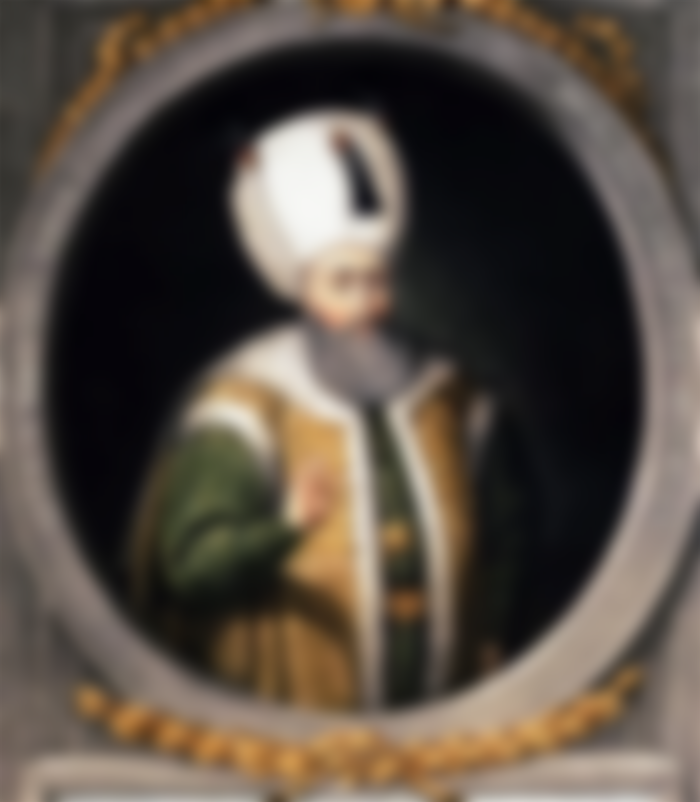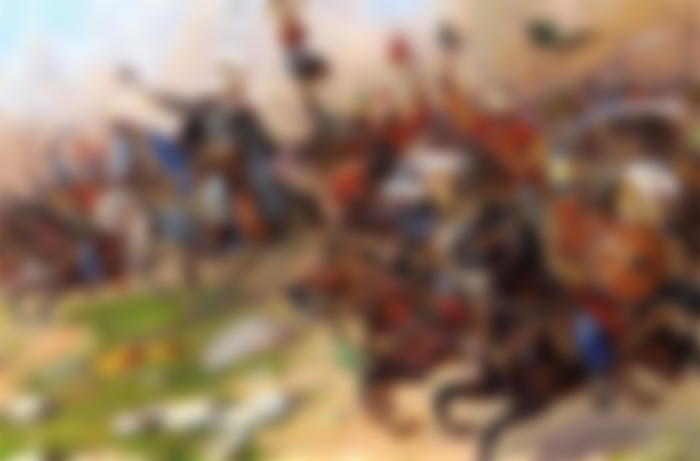The Battle of Mohács is considered a turning point in Croatian and Hungarian history, because after the death of Louis II. Jagelović was followed by the reign of the Habsburg dynasty.

After more than 400 years of existence, the independent Croatian-Hungarian Kingdom experienced its tragic end in the famous battle on the Mohács field on August 29, 1526. In that battle, the forces of the Ottoman Empire, led by Sultan Suleiman the Magnificent himself, completely defeated the Croatian-Hungarian army led by King Louis II. Jagelovic. The king himself was killed, fleeing from the enemy, drowning in the stream Csele (Hungarian Csele).


The struggle was preceded by the Ottoman occupation of Belgrade in 1521, after which the southeastern borders of the Kingdom remained unprotected. To prevent further penetration of the enemy Louis II. Jagelović, the Croatian-Hungarian king and king of the Czech lands, married Maria of Austria from the Habsburg line, hoping for their military and logistical help. To thwart this, the sultan ordered a general attack on the Croatian-Hungarian kingdom. In June, the Ottoman army, under the command of the Sultan and his Grand Vizier Ibrahim Pasha, crossed the Sava near Zemun and met with units led by the Bosnian and Smederevo Sandzak-beys, Husrev-beg and Bali-beg Jahjapasic.

After conquering Petrovaradin Louis II in July. he gathered an army and went to meet them with about 40,000 soldiers and encamped on the Mohács field. The commander-in-chief of the Croatian-Hungarian army was the Archbishop of Kalocsa, Pavao Tomory, and the Croatian army was led by Ban F. Batthyány. At the same time, the Transylvanian army (about 13,000 men), under the command of Ivan Zapolje, guarded the passage through the southern Carpathians, and the majority of the Croatian army went to meet the king under the command of Prince Krsto Frankopan Ozaljski (about 5,000 fighters).

In the meantime, the Ottoman army conquered Ilok and Osijek, built a large bridge on the Drava and moved to Hungary. Rejecting the proposal of State Chancellor Brodarić to wait for the Croatian and Transylvanian armies, the king went into battle. Namely, Ludovik's military leaders counted on the advantage they gained by choosing an elevated terrain in relation to a more numerous enemy. The outcome was catastrophic. A large number of Croatian and Hungarian nobles (about 1,000 of them) and about 10,000 soldiers were killed, and the state was left without a king.

The Battle of Mohács is considered a turning point in Croatian and Hungarian history, because after the death of Louis II. Jagelović was followed by the reign of the Habsburg dynasty. Therefore, this battle is sometimes considered in Hungarian historiography to be the dividing line between the Middle and Early Modern Ages.






I approved this to " History, Myths, Legends & Mysteries(be45)" because I like it, but strictly it violates our rules, which state a minimum estimated reading time of 4 minutes. See the rules here: https://read.cash/@Mictorrani/my-communities-their-rules-ccff0c97